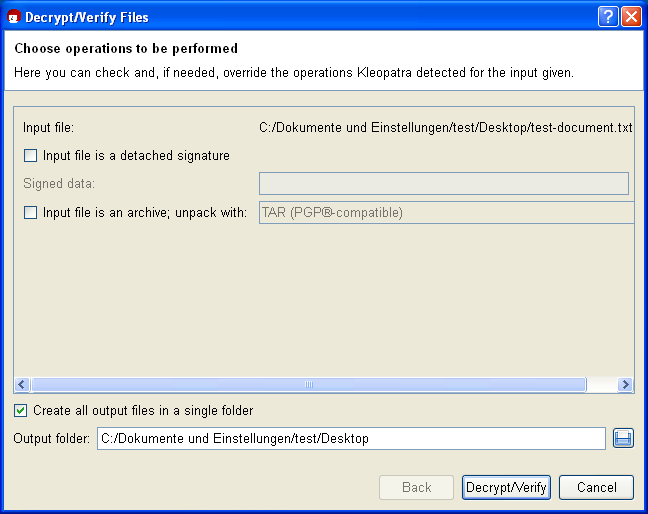

You can see below that I have a folder with a single file in it. To do that, I can use the Add-Encryption command that comes with this module by simply using the Add-Encryption command specifying the folder of files I’d like to encrypt as well as the password I’d like use to secure them. Next, I need to encrypt a bunch of important files in a folder with a password only a few other people and I know. This command went out to the GnuPG website, downloaded the installer, and then silently installed it. Handles NPM(K) PM(K) WS(K) CPU(s) Id SI ProcessName PS> Install-GnuPG -DownloadFolderPath 'C:\' Once I download the module, I can see I’ve got a few commands available to me.

Invoke-WebRequest -Uri $uri -OutFile (Join-Path -Path $moduleFolderPath -ChildPath 'GnuPg.psm1') $null = New-Item -Path $moduleFolderPath -Type Directory $moduleFolderPath = 'C:\Program Files\WindowsPowerShell\Modules\GnuPg' To do that, I’ll reach out to GitHub and download a module called GnuPG and place it in a module path on my system. Let’s save some time downloading a PowerShell module from GitHub will expedite this process dramatically. We could also figure out how to build a PowerShell tool around GnuPG for Windows ourselves, but why do that when a community module already exists? We could go out to the website and do this manually, but we’re using PowerShell! Let’s stick to the command line. We first need to download and install this. This free, open-source utility uses the OpenPGP Standard to bring PGP to Windows. To encrypt and decrypt files on Windows with PGP, we must download the GNU Privacy Guard for Windows utility.


 0 kommentar(er)
0 kommentar(er)
